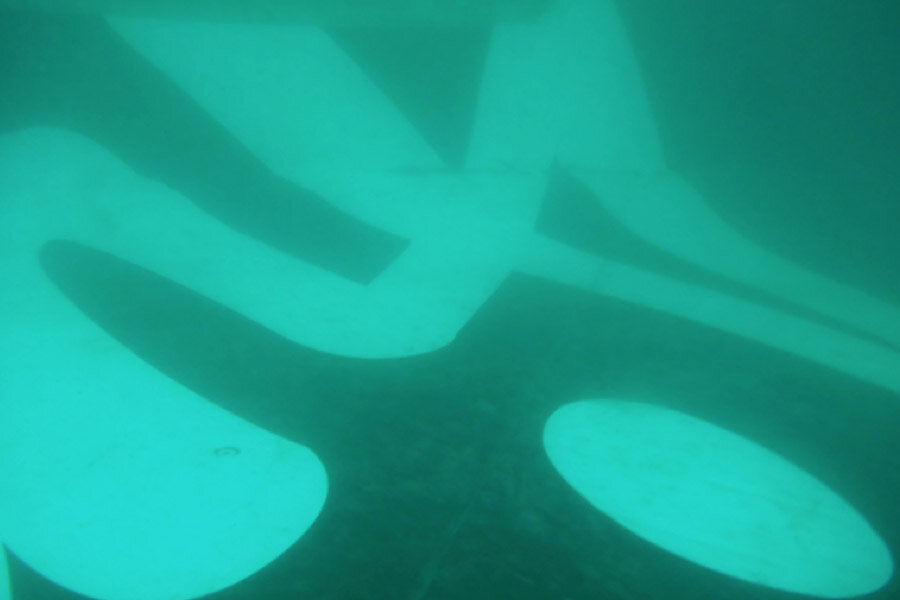AirAsia black boxes recovery impeded by currents, silt
Loading...
| PANGKALAN BUN, Indonesia
Strong currents and blinding silt thwarted divers' attempt on Thursday to find AirAsia Flight 8501's black boxes, which are believed to still be in the recently discovered tail of the crashed plane.
The flight data and cockpit voice recorders are crucial to helping determine what caused the jet carrying 162 passengers and crew to vanish on Dec. 28, halfway into a two-hour flight between Surabaya, Indonesia, and Singapore. Three more bodies recovered Thursday raised the total to 43, said Suryadi B. Surpiyadi, a search and rescue operation coordinator.
Days after sonar detected what appeared to be chunks of wreckage on the sea floor, an unmanned underwater vehicle Wednesday zoomed in on the plane's tail, lying upside down and partially buried in the ocean floor.
Divers took advantage of a brief break in weather Thursday to try to locate the black boxes, but they were unable to make it past currents and 1-meter (3-foot) visibility, said National Search and Rescue chief Henry Bambang Soelistyo.
He said expert teams from Indonesia and France were looking at other options, including a crane to lift the tail.
Ping-emitting beacons in the black boxes still have about 20 days of battery life, but high waves had prevented the deployment of ping locators, which are dragged by ships.
Six ships with ping locators were in the search area in the Java Sea, said Nurcahyo Utomo, an investigator of the National Commission for Transportation Safety.
But he said that based on pictures taken by the divers, he believed that the black boxes were still attached to their original location in the plane's tail.
"Once detected, we will try to find and lift up the black boxes as soon as possible," he said.
Officials are hopeful many of the 119 bodies still unaccounted for will be found inside the fuselage, which is thought to be lying near the tail.
It's not clear what caused the plane to crash, but bad weather is believed to be a contributing factor.
Just before losing contact, the pilot told air traffic control he was approaching threatening clouds, but was denied permission to climb to a higher altitude because of heavy air traffic. No distress signal was issued.







